Smart Home Automation
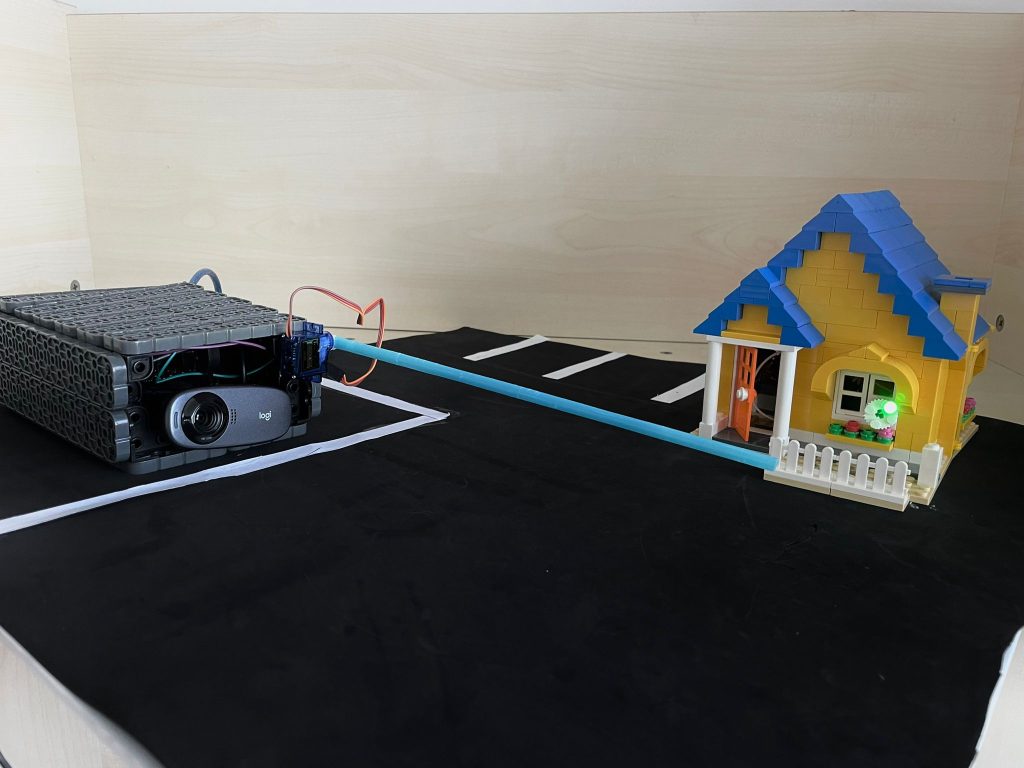
The purpose of the Smart Home Automation project is to simplify home control processes using voice commands and license plate recognition technology. Developed with the PictoBlox platform, this system enables doors and lights to be controlled through voice commands and allows secure garage door access via license plate recognition. This not only enhances comfort and security for residents but also promotes energy efficiency. Additionally, the project aims to facilitate independent living for disabled individuals, elderly people, and those with limited mobility.
SmartQC

SmartQC is a portable, AI-powered system developed to automate quality control on production lines. A USB camera captures visual data of the products, and a machine learning model trained in PictoBlox classifies them as defective or non-defective. When a defective product is detected, a red LED lights up, a “Defective Product” warning appears on the screen, and a servo motor removes the item from the line. If the product is non-defective, a green LED lights up and the system allows production to continue. Supported by Arduino and LEGO Spike Prime, the system is low-cost and offers an effective quality control solution for both educational use and small businesses.
SmartSence Home
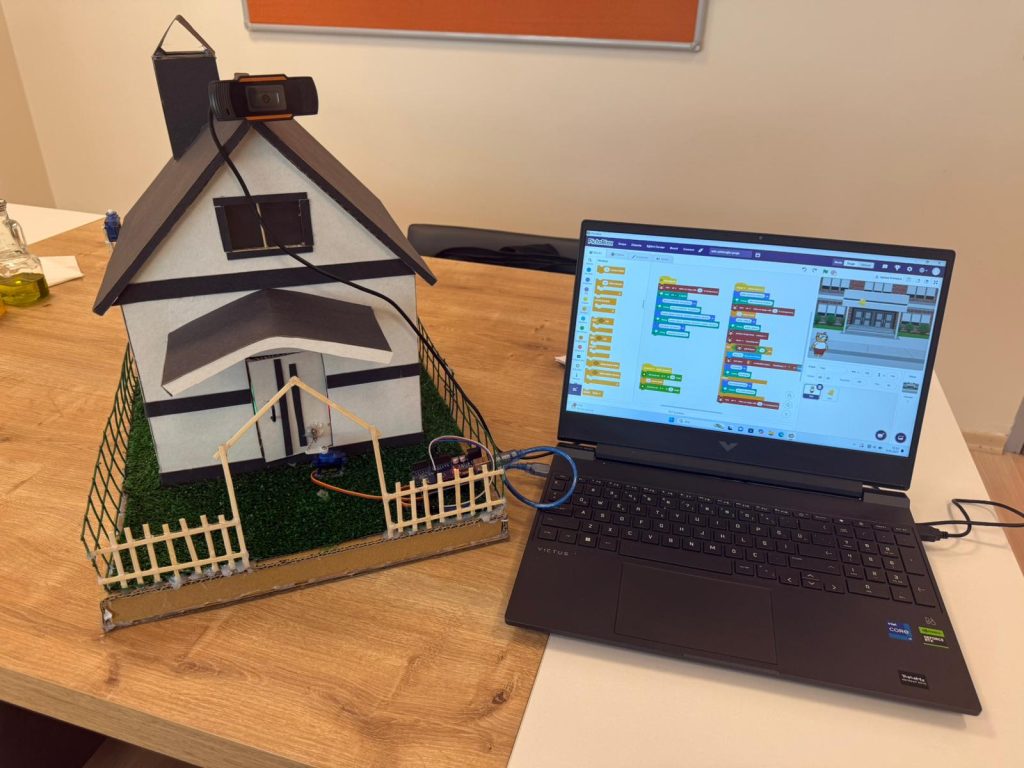
**SmartSense Home** is an AI-powered smart home system that combines face recognition and voice command technologies. The system detects the homeowner’s face through a camera and automatically opens the door using a servo motor. After one minute, the door closes again. Additionally, when the user gives voice commands like “turn on the lights” or “turn off the lights,” the system responds by controlling LED lights.
The system consists of essential hardware components such as a **USB camera, microphone, servo motor, LED lights, microcontroller (Arduino/ESP32), breadboard, and power supply**. All components are programmed using **PictoBlox**, a visual programming environment, making it easy for students, children, and beginners to use.
**SmartSense Home** is not just a smart home product — it is also a valuable **STEM project** for educational purposes. With its low cost, portability, and easy setup, it enhances both everyday living and hands-on technology learning.
Disaster Detection and Alert System
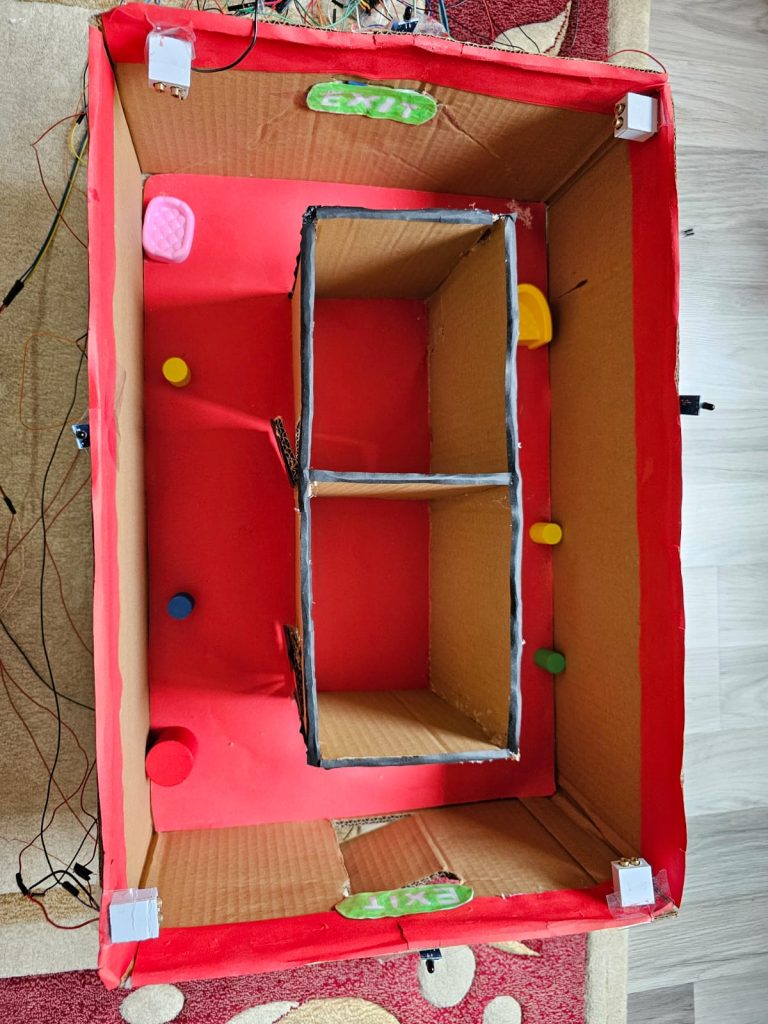
We are fourth-grade inventors who built a Disaster Detection and Warning System to keep our school safe. We wired an Arduino UNO to three sensors: a gyroscope for earthquakes, a water-level probe for floods, and an infrared flame sensor for fires. A pocket-size AI camera also counts how many friends are inside the building. When danger shows up, the Arduino acts like a superhero. It blasts a loud buzzer, draws a red-laser line around the hazard, and shines a green laser toward the nearest exit. At the same moment, it sends an emergency message to our teacher’s phone through IFTTT and records every event in an online spreadsheet. We picked these parts because they are cheap, easy to swap, and still run on a power bank during a blackout. Our dream is to share this idea with other schools so that even more children can stay safe.
Sea Cleaner

An autonomous robot designed to detect and collect waste from water bodies, monitor pollution levels, and transmit real-time data using IoT technology.
My Accessible Home
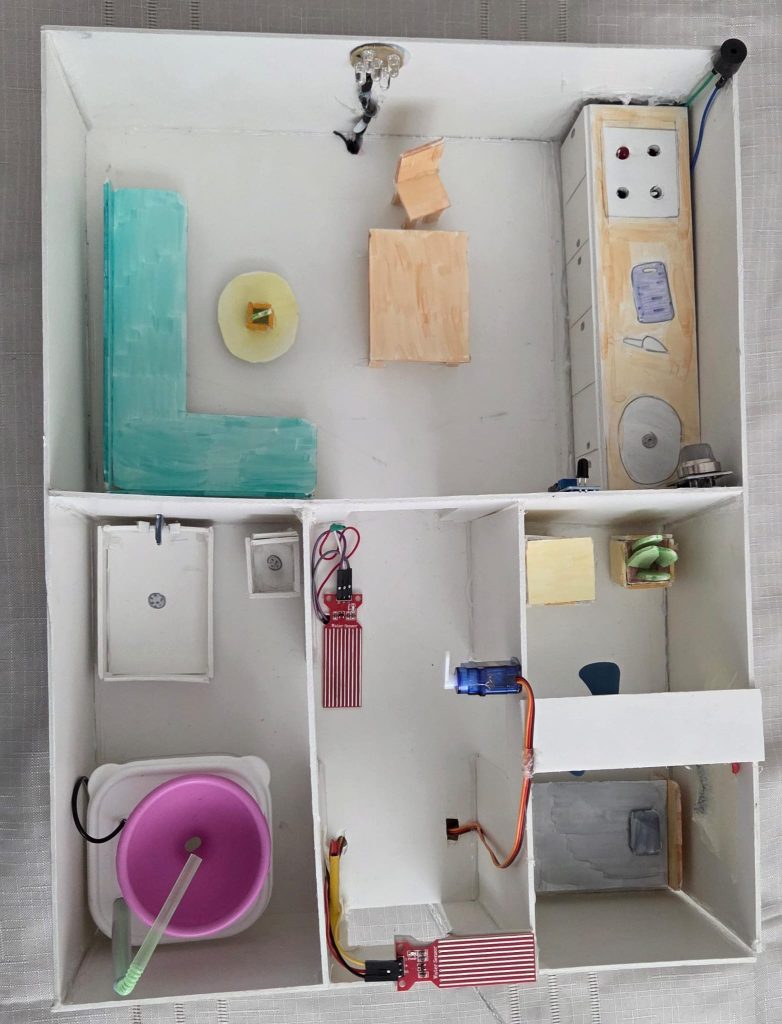
My Accessible Home is a plug-and-play smart-home retrofit created for visually impaired and mobility-restricted residents. Using an Arduino micro-controller, MQ-2 gas, IR flame and water-level sensors, and voice-recognition blocks in PictoBlox, the kit listens for simple commands such as “Lights off” or “I’m leaving” and instantly switches off lights, shuts solenoid valves and disconnects mains power through a relay module. If any sensor detects danger, the system speaks an alert and performs the same safety shutdown, preventing fires, flooding or poisoning even when the user cannot see warning cues. The modular design fits existing wiring without expensive renovation, costs less than a household appliance, and can be expanded with Wi-Fi logging or smart plugs. By combining low-cost hardware, accessible software and strong social impact, our project advances UN Sustainable Development Goal 3—Good Health and Well-Being—while giving its users greater independence, energy savings and peace of mind every day. Project web page: https://sites.google.com/view/robo-g-a-b
Smart Living Space
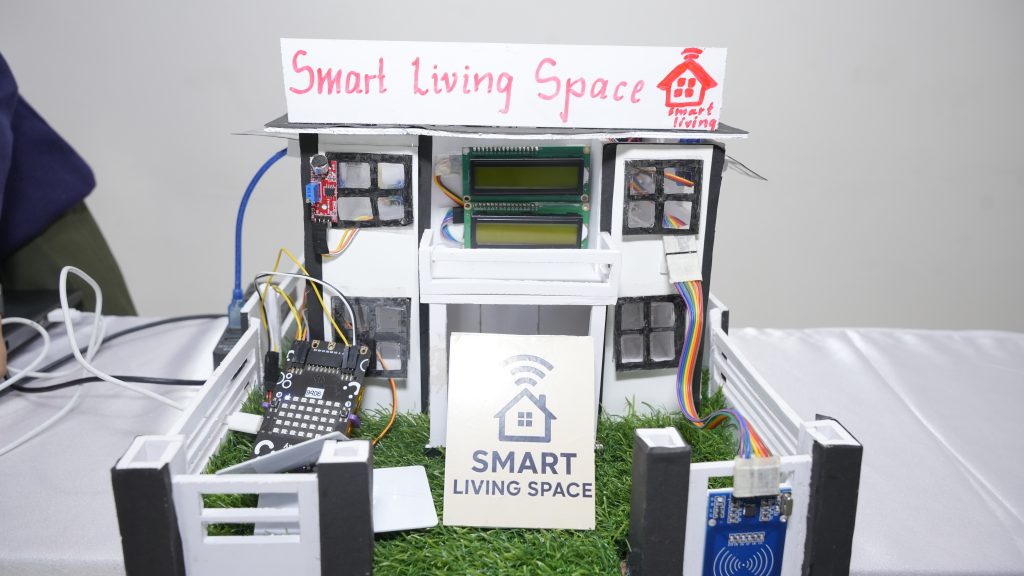
•The Smart Living Space project is designed to make homes safer, smarter, and more comfortable using affordable technology. It integrates two key innovations:
• Smoke Eater – detects gas or smoke leaks and acts immediately
• Smart Window – reacts to rain, sound, and user commands for better comfort and security
Robotic arm
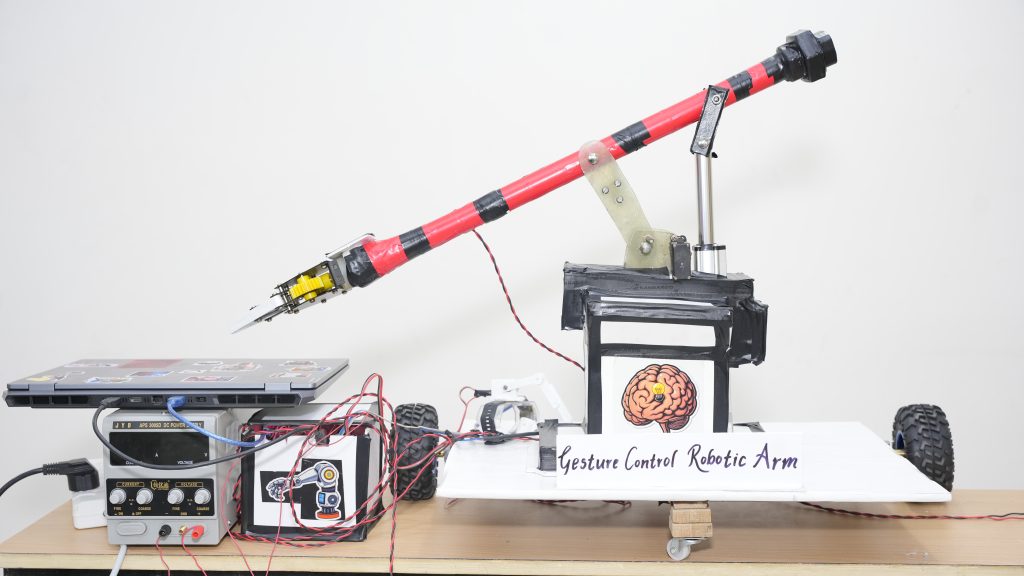
An innovative robotic arm that mimics human hand movements using gesture control, designed for industrial applications and assistive technologies.
Autonomous Wheel Chair
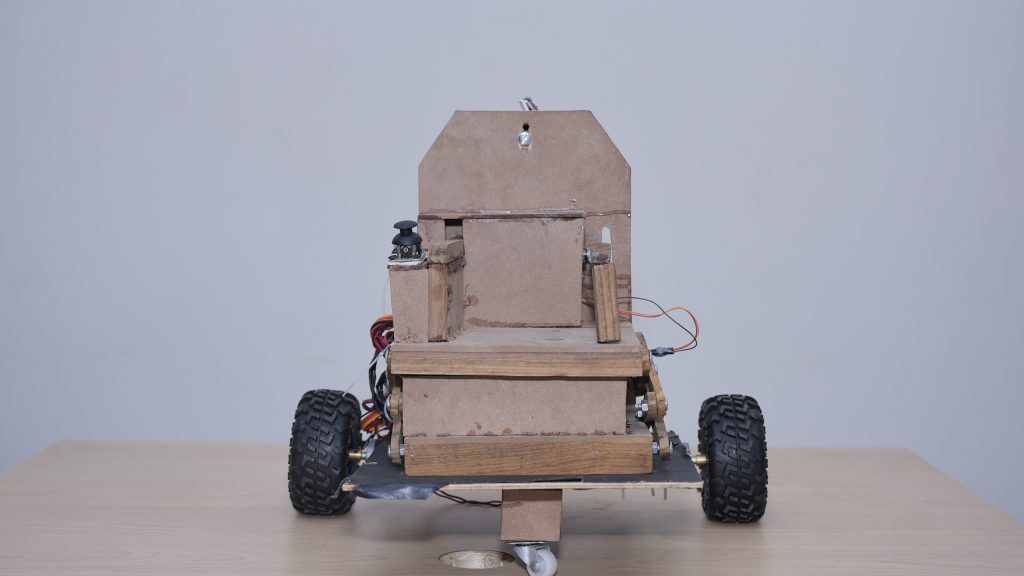
Our Smart Assistive Wheelchair is designed to solve real-world problems beyond basic movement. It combines height adjustment, dual control systems, and human-centered engineering to improve both mobility and practical independence for users with limited physical.
EyeLert
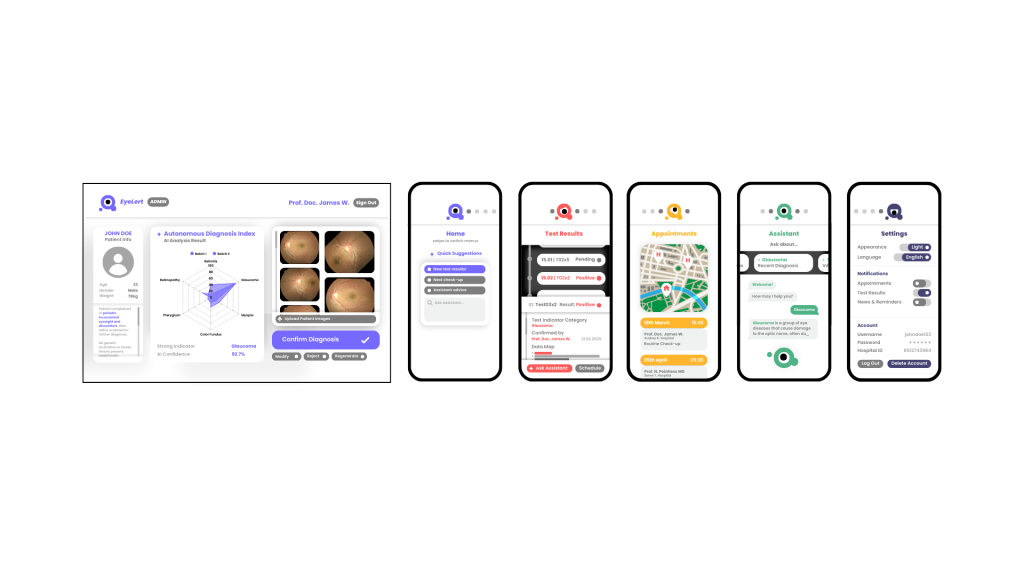
EyeLert is a mobile application designed to give users convenient access to their eye health information and provide AI-driven guidance. It connects to hospital databases, allowing users to securely view retina images and diagnostic results collected during professional eye exams. Using advanced deep learning models, EyeLert analyzes this medical data and offers personalized recommendations, helping users understand their risk for conditions such as diabetic retinopathy, glaucoma, or macular degeneration. The app does not replace medical professionals but acts as an early support system, encouraging timely action and follow-up when needed. With its focus on privacy, security, and ease of use, EyeLert empowers patients to stay informed about their eye health and supports healthcare providers in improving patient engagement and outcomes. By enhancing access to reliable information and providing clear guidance, EyeLert aims to reduce preventable vision loss and improve the management of chronic eye diseases worldwide.
